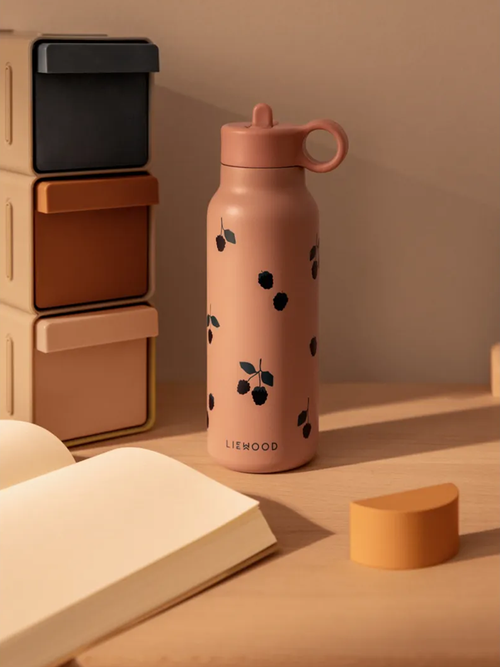Teething is a stage of baby development that can keep parents awake at night. It typically begins between 6 and 7 months, but the first symptoms (heavy drooling, crying, irritability) can appear as early as around 3 months. Amber has recently become very popular, supposedly to reduce pain and provide relief during teething. But what's the truth? On our Kokosek website, you'll find necklaces and bracelets made of amber and other mineral stones.
Does amber help with teething?
Amber is a stone most often associated with carefree holidays on the Baltic Sea. However, it also has a number of health-promoting properties, which is why it is also used in natural medicine. It contains succinic acid, which, when exposed to heat, has a pain-relieving effect. Many necklaces and beads featuring amber and other minerals are available on the market, including beautiful accessories from Grech&Co . Amber releases essential oils upon contact with the skin, which enter the baby's bloodstream and provide relief from teething symptoms. This reduces inflammation, improving the baby's well-being and ensuring a restful sleep. Furthermore, succinic acid reduces excessive fever, which often occurs during teething. After 4 months of age, an amber bracelet can also be placed on a child, but it is important to never place it on a child unless they are under supervision. Adults or sleeping. This natural and eco-friendly teething method has recently become popular and is being chosen by a growing number of conscious parents. The trend of using amber bracelets and necklaces is very popular among American celebrities and models, who embrace ecological methods for combating pain and fever in children. It's no wonder this trend quickly spread to Poland. To ensure the safety of amber teething beads or necklaces, it's important to remember that they should not be used as a teether, as this poses a choking hazard.
Other properties of amber
Amber also possesses a number of other medicinal properties. In tincture form, it is administered as a remedy for colds, kidney disease, sore throats, rheumatism, bladder problems, and diarrhea. For many years, it was also used to combat hemorrhages. It is also worth noting that succinic acid is also found in low concentrations in some fruits and vegetables, as well as alcohol.











